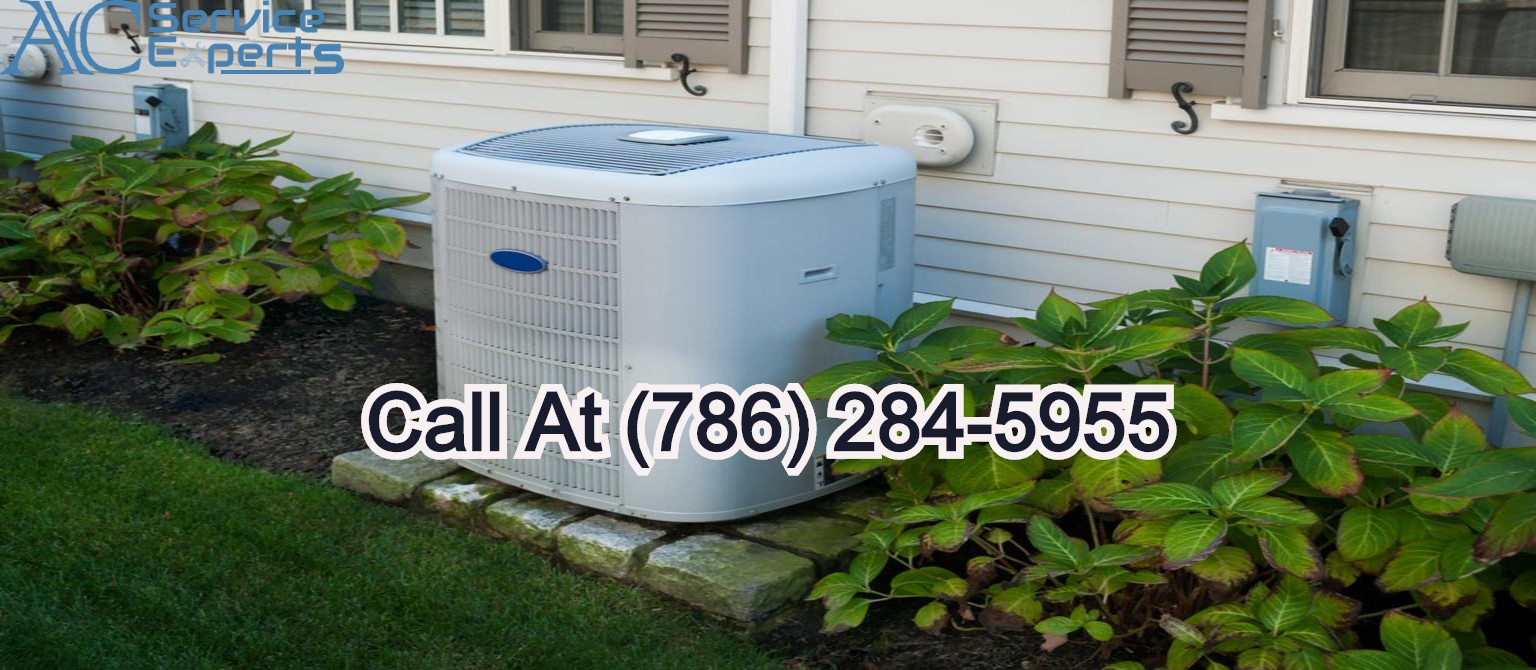Enhancing AC Performance By Washing the System Right Way

An air conditioner plays the key role in making human life convenient and hassle-free. During hot summer days, no electrical appliance can be more important than an air-conditioning system. In short, life can be difficult and challenging for you if you don’t have a cooling system in your home to provide relief from the intolerable summer heat. But the main concern with air conditioners is that they often require AC repair Miami Gardens services.
Though the professionals of AC repair Miami Gardens are available at your service for 24×7, but you should also try your best to minimize the possibility of a sudden breakdown of your air conditioner so that you don’t have to spend your money on repair services again and again. To help you with this, we are here explaining how to wash the dirt off an air-conditioning system. But before that, we’ll try to understand why we actually need to wash the dirt off an AC.
Whether you know or not, but dust particles are poor conductor of heat. It means that excessive dust on crucial parts might obstruct the heat transfer process, resulting in poor AC performance. Another reason why dust particles are not good for an air conditioner is that they obstruct free airflow. A poor airflow will have a direct impact on the cooling speed of your AC unit, which is never a good occurrence. So, the conclusion is that you have to keep crucial AC parts clean, either by washing off the dirt by yourself or hiring experts for this.
Now, let’s understand how we can wash off the dirt present in an air conditioner. You must know that the water pressure might cause damage to your device. This is why washing an AC basically includes washing evaporator and condenser coils. The process of washing the dirt off AC coils in 4 simple steps:
1. The first step is to cut down all the electrical connections.
2. Thereafter, use a compatible hosepipe to wash off the coils.
3. Wash the filters too, but be cautious while doing so, as they are very fragile.
4. Make sure there’s no clogged water in the system when restarting the AC.
